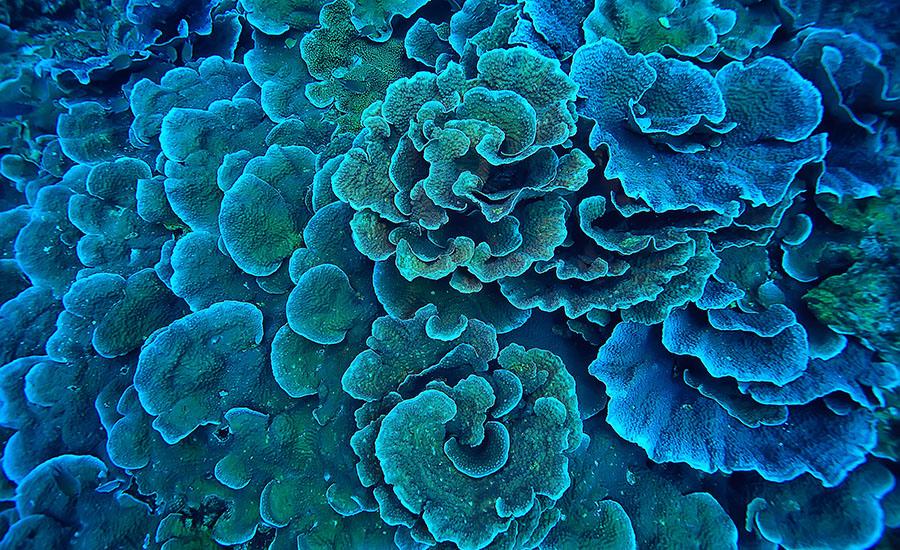
Tide Pools Ecosystem: Human Impact
This lesson plan includes ideas and materials to last for 5 days. The students will be learning about human impact on tide pools and engineering their own solution. On the first day will be about creating an example tide pool in your classroom and showing possible human impact on tide pools. The second day will allow students to read an article about human impact on tide pools and to start brainstorming what they could engineer as a solution to one of those impacts with their group. On the third day they will build their solution with their groups and on the fourth day they will reflect and write about it. Finally they will present their creation with the class! The materials for creating a tide pool in your classroom include: disposable roasting pan, pitcher of water, tub for extra water to go into, sand, rocks, small pieces of “trash”, food coloring, shells and small marine animals (optional). Some of the materials you could allow the students to use for engineering include but are not limited to: A wide variety of things students can use to engineer- straws, popsicle sticks, duck tape, masking tape, cardboard, paper, foil, wax paper, coffee filters, paper plates, etc.There are also two Google Doc's included so you can make copies or share with students.
Lesson Grade Level
6th GradeLesson Plan Link/URL
https://docs.google.com/presentation/d/1YuD-6tl1HQMVFEXEoCHEaX26enHkSyOi/edit?u…Subject Area
Science Earth and Space Science E1: Earth Systems Life Science L2: Organisms & Energy Engineering WritingRelated Content

This lesson combines ELA/STEM lesson for 2nd grade. It's great to use with "Mr. Popper's Penguins" or any other units related to penguins. During this design challenge, students will build an iceberg

Animals and Resources: Lesson 1
This is lesson 1 of the Life Science Unit. Links to all lessons included! In this lesson, students engineer a bird feeder to help birds access resources to survive. Optional fiction read-alouds

This lesson is about Mars and Martian water. It introduces students to the geography of Mars and the various ices found on Mars. This is the 1st lesson in a 2-part series.